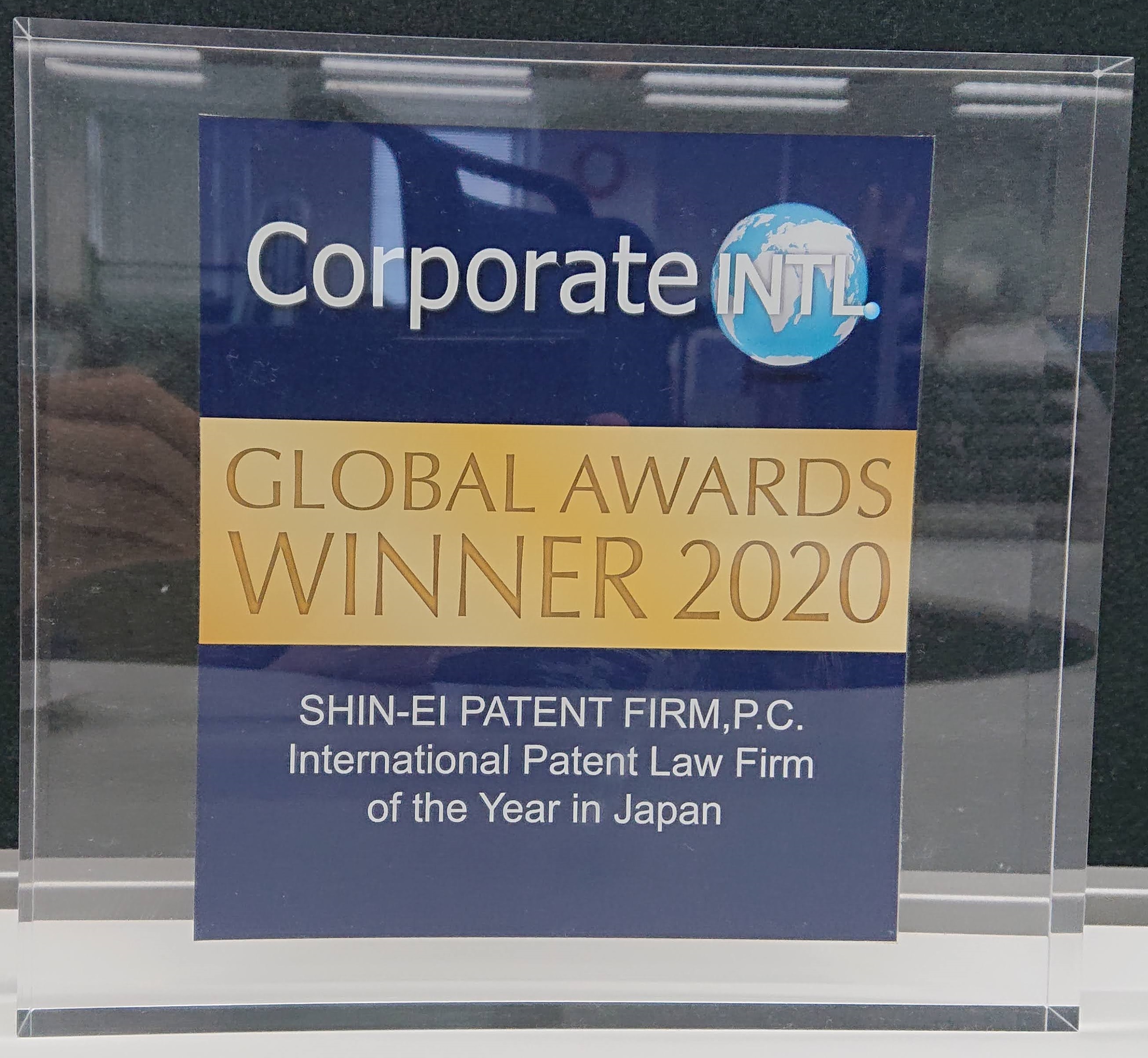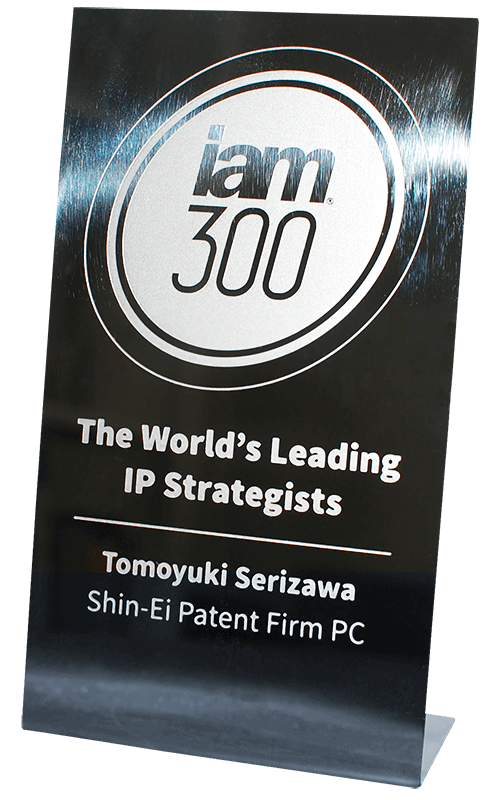On May 17, 2019, the amendments to the provisions of the Patent Act, Design Act and Trademark Act
were formally published by the Government. These amended Acts will come into force within one year
from the publication date. The major amendments of each Act are summarized as follows.
1. Revision of Patent Act
1) Introduction of new inspection system under which third party technical experts can conduct
on-site inspection for accused infringers
In this new inspection system (Articles 105-2 and 105-2-4 of the revised Patent Act), in case where
a defendant (accused infringer) is likely to infringe its patent right of a plaintiff (patent
owner), in accordance with the inspection order by the court, third party technical experts
(inspectors) are entitled to conduct on-site inspection for plant or the like of the defendant so as
to collect evidences for demonstrating the fact of patent infringement and then submit an inspection
report to the court.
In this regard, requirements for issuing the inspection order are as follows:
- The inspection is required to demonstrate the fact of patent infringement;
- There is a likelihood that the defendant infringes the patent right;
- Any evidence for demonstrating the fact of patent infringement cannot be sufficiently obtained
in any manner other than inspection; and
- No excessive burden can be imposed on the defendant.
Upon requesting inspection, the petitioner (plaintiff) is required to submit to the court a document
describing items defined under each paragraph of Article 105-2-2 of the Patent Act.
2) Change in the damage calculation method for patent infringement (Article 102 of the Patent
Act)
According to previous damage calculation defined under Article 102(1) of the current Patent Act, in a
case where the amount of products sold by an infringer exceeds the production capacity of a patent
owner, the patent owner is not able to demand damages for a portion of the sold products exceeding the
production capacity. Meanwhile, in the new damage calculation method defined under Article 102(1), the
second paragraph of the revised Patent Act, even in a case where the production amount of products
sold by an infringer exceeds the production capacity of a patent owner, it is possible to demand
damages for a portion of the sold products exceeding the production capacity. In this case, damages
for the portion of the sold products will be calculated based on license fees for the sold
products.
In the damage calculation defined under Article 102(3) of the current Patent Act, it is stipulated
that a patent owner can demand damages equivalent to license fees for patent infringement. In the
meanwhile, according to the damage calculation method defined under Article 102(4) of the revised
Patent Act, damages equivalent to license fees will be determined in consideration of the possible
amount of money to be agreed through a negotiation given that patent infringement is found.
2.
Revision of Design Act
1) Expansion of the protection scope of designs protected by the Design Act
According to Articles 2(1) and 8-2 of the revised Design Act, graphic images that are not recorded or
displayed on articles and interior and exterior designs of buildings are newly added as designs that
can be protected by the Design Act.
2) Revision of Related Design System
According to the current Design Act (Article 10(1)), Applicant can file an application for a related
design on or after its filing date of an application for a principal design and before its publication
date of the design bulletin of the principal design (i.e., within about 8 months from the fling date
of the application for the principal design).
Meanwhile, in the revised Design Act (Article 10(1)), Applicant can file an application for a related
design within 10 years from the fling date of the application for the principle design.
Also, in the revised Design Act (Article 10(4)), application for a design that is similar to only a
related design can be registered. In this case, the related design will be deemed as a principal
design for the design that is similar to only the related design. This rule change is a kind of
surprise for Japanese practitioners.
3) Change of the term of design rights
The term of design rights will be changed from 20 years from the registration date to 25 years from
the filing date (Article 21(1)).
4) Streamlining of procedures for filing design applications (Article 7 of the revised Design
Act)
According to the revised Design Act, Applicant is allowed to file a design application for multiple
designs at one time. Also, Applicant is not required to describe an article based on the existing
article classification table. Accordingly, Applicant will be allowed to describe an article in a more
flexible manner under the revised Design Act.
Article 7 of the revised Design Act is stipulated as follows:
(Article 7) An application for design registration shall be filed for each design in accordance with
an Ordinance of the Ministry of Economy, Trade and Industry.
5) Introduction of a new type of Indirect Infringement against design right (Article 38 of the revised
Design Act)
According to Article 38(ii) of the revised Design Act, a new type of indirect infringement against
design right is newly introduced. In this new type of indirect design infringement, a subjective
element (i.e., “the fact that an infringer is aware that its product is involved in design
infringement”) is newly added as one of requirements for demonstrating indirect design infringement.
With this new type of indirect design infringement, a design right owner will be able to enforce its
design right against an infringer who produces and/or imports components consisting of infringing
products.
For more information:
https://www.meti.go.jp/english/press/2019/0301_003.html


